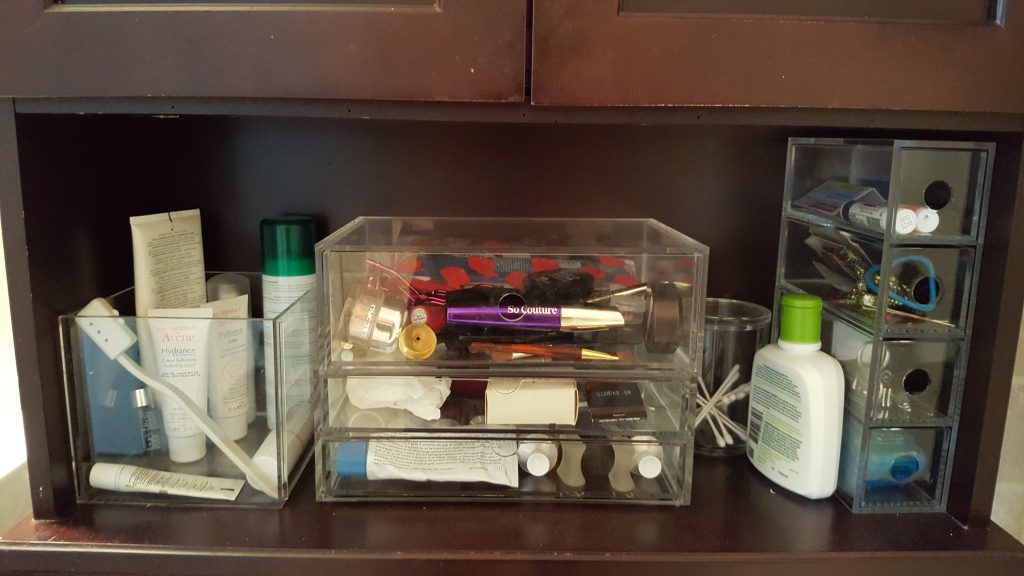I typically use swype writing to create messages on my smarphone. Swype writing [link here] allows me to enter words by moving my finger continuously across the keyboard over the appropriate letters. For example, to type Monday, I start with my finger on the “M”, slide up to the “o”, down to the “n”, over to the “d” and “a” before finishing on “y”. The word is created without lifting up my finger to input each letter individually.
Often the smartphone figures out what the word is and suggests a term before I’ve finished “typing” it based on predictive text. After completing each word, the predictive text feature also suggests words to follow based on my usage patterns. For example, if I type “What”, I am automatically offered options for the next word such as “you, time, is, are, about, time are”. Sometimes I can complete the message by selecting the offered options. Most of the time this works well.
Sometimes, however, the smartphone tries to be too helpful. I turned off the auto-replace feature on my smartphone because it kept inserting email addresses into my messages based on a few letters, among some other bizarre things happening. It was so annoying! At times, the prediction and auto-replace are so wrong, and not based on my language patterns, I can’t help but think some developer had a good laugh while doing the programming. Here are some examples.
“And”, a common and frequently used word, was almost always auto-replaced as “abs”. After turning off auto-replaced, I’m now offered “abdominals” as an option when I insert “and”. I’m not a fitness trainer. It’s rare for me to use “abs” or “abdominals” in a sentence. When would these words ever be more likely, or common, than “and”?
About 85% of the time “also” was automatically replaced with “Akzo”. Huh? What is Akzo? Also puzzling is why “also”, another common term, would be replaced with an obscure proper noun. It just doesn’t make sense.
Another strange correction is “with” frequently turning into “wuthering”. I was a literature major in university and I’m 100% sure that I’ve never used this word in a sentence, unless I was referring to the book, Wuthering Heights.
I understand some training and customization is necessary, but some options are so off that I wonder how they even got programmed in. It’s made proofreading, even for trivial messages, essential.





